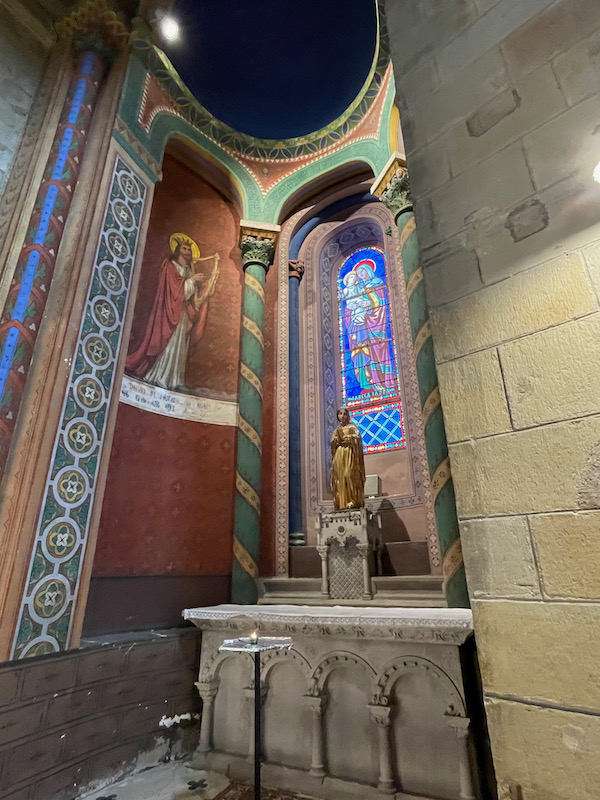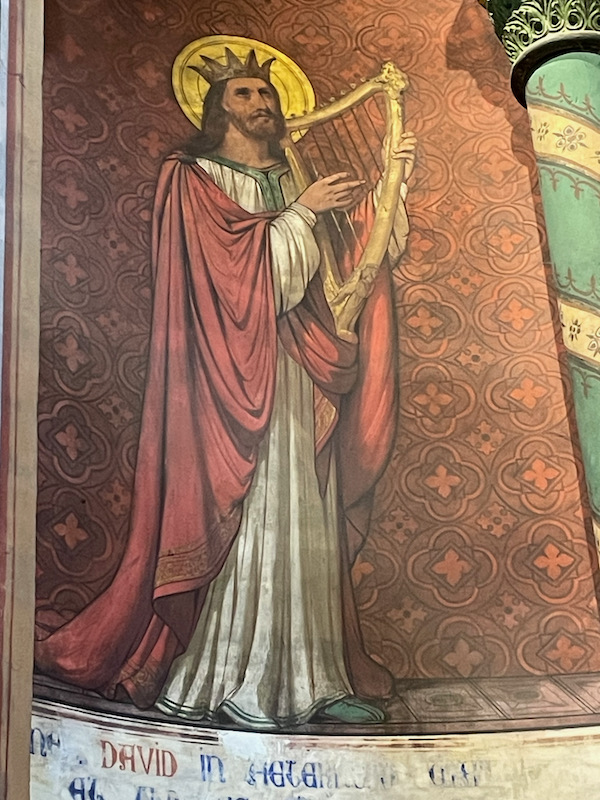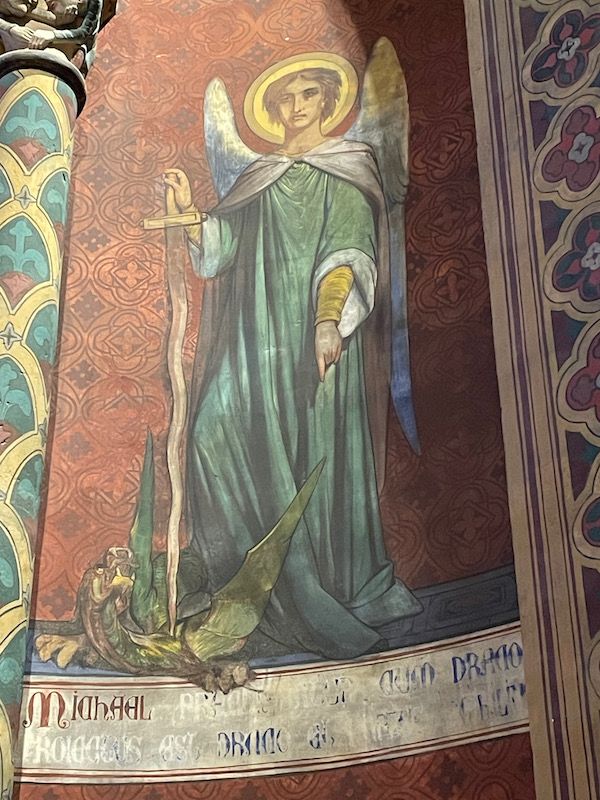Our Blog - Summer 2024 Trip - Brive-la-Gaillarde, France
We've driven by Brive-la-Gaillarde (or just Brive) multiple times and saw the exit on the highway, but haven't actually stopped until now. Just south of town is the Planchetorte valley, which has a high concentration of prehistoric settlements and is home to quite a few caves. The two most popular are the Grotte de Lacave, which is a Jurassic-era limestone cave system accessed via a miniature electric train, and the Grotte Préhistorique des Merveilles near Rocamadour. The town was named in the 5th century by Martin de Brive, and a basilica was built at the end of the 5th century. The population is dropping, 46K down from 52K in 1975 and is known for violet mustard (from the 14th century) and walnut liquor.
The old water tower, which now houses the tourist office, was built in 1834 in order to supply water to the surrounding fountains. It is built on land reclaimed in the 18th century from the marshes.
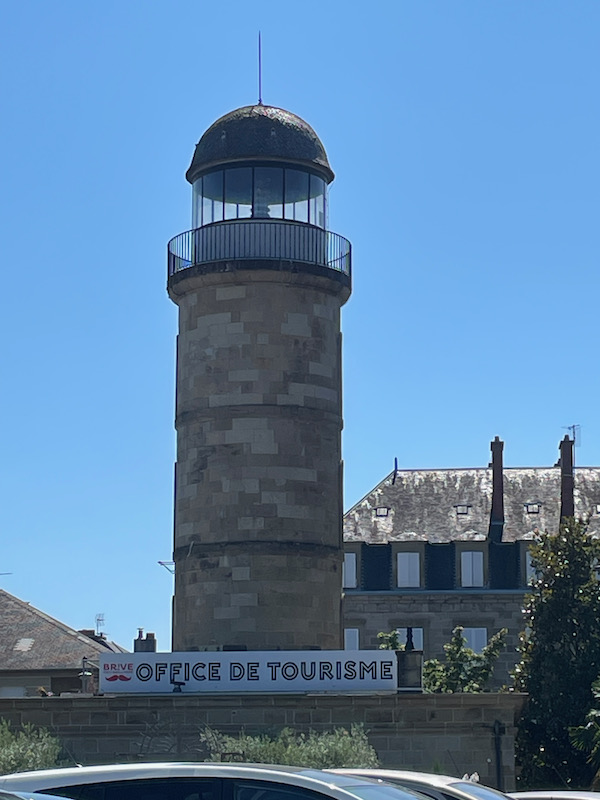
From the outside, the Hôtel de Labenche - is less than interesting. But then when you walk into the courtyard, you get to see these lovely Renaissance-style buildings that date back to around 1540. It was nice enough that King Louis XIII stayed here during his visit to Brive. The hotel consists of 2 parts. The oldest (the nice part) has galleries with semi-circular arches. The main entrance looks like it should be on an ancient Greek temple, with what looks like cow skeletons across the pediment.
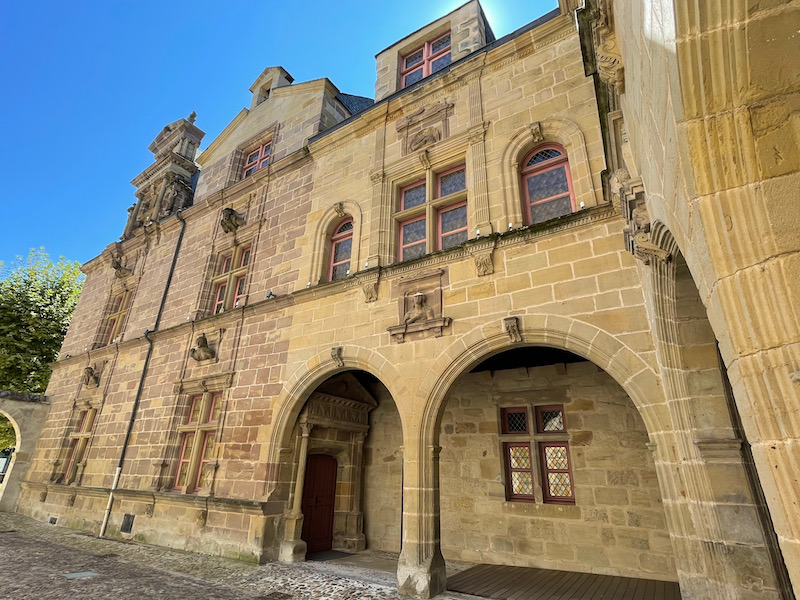
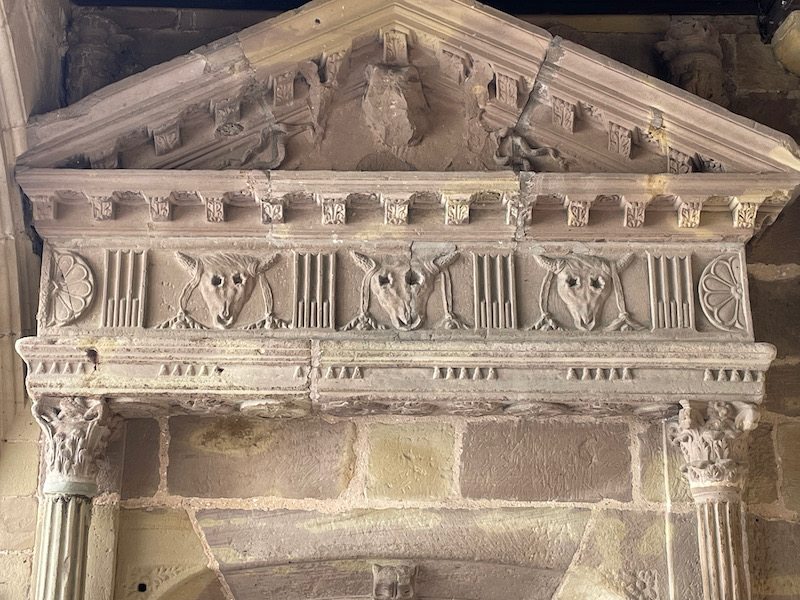
The facades on this part are the most ornate, with large Renaissance windows and busts of men and women emerging from false bays above and below.
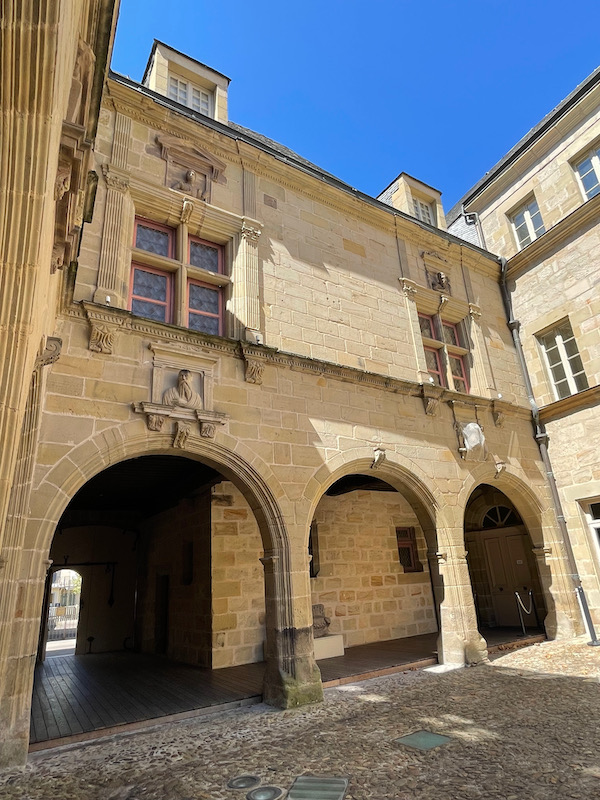
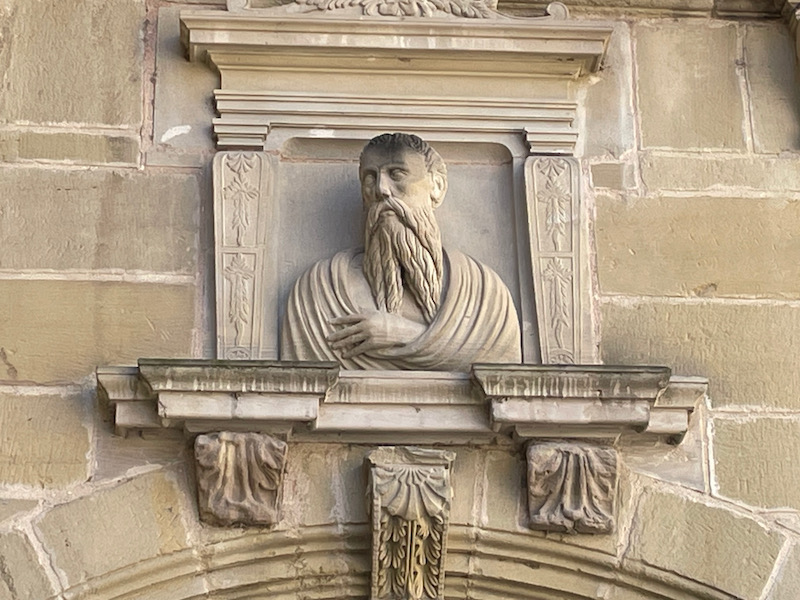
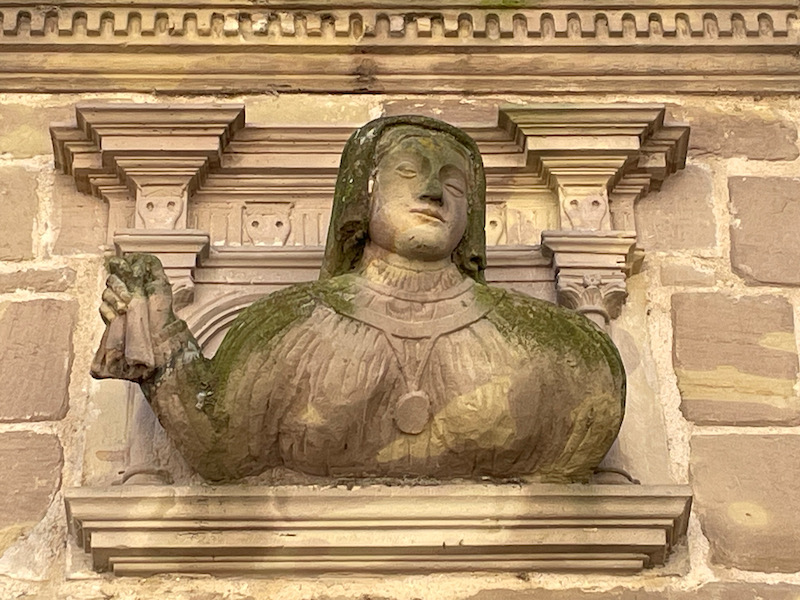
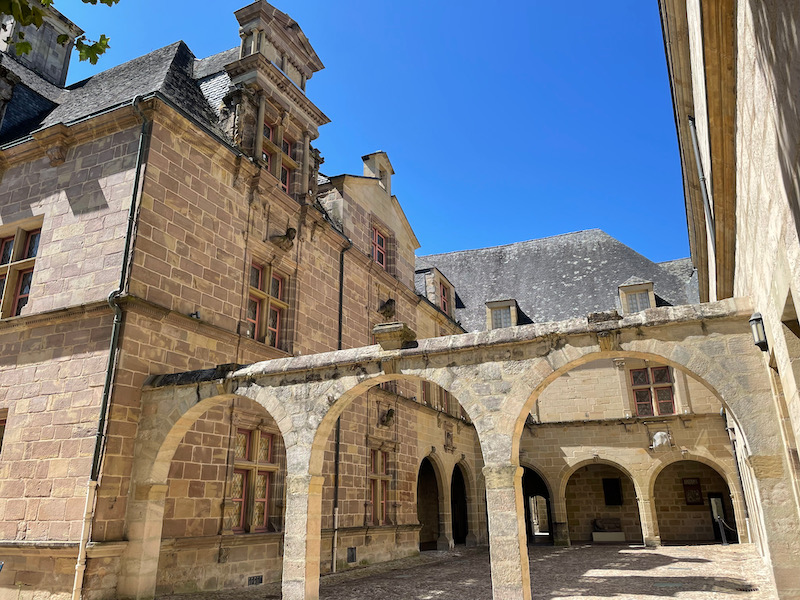
The second part, which dates from 1850-1854, is rather plain and simple compared to the other wing. It houses a museum now.
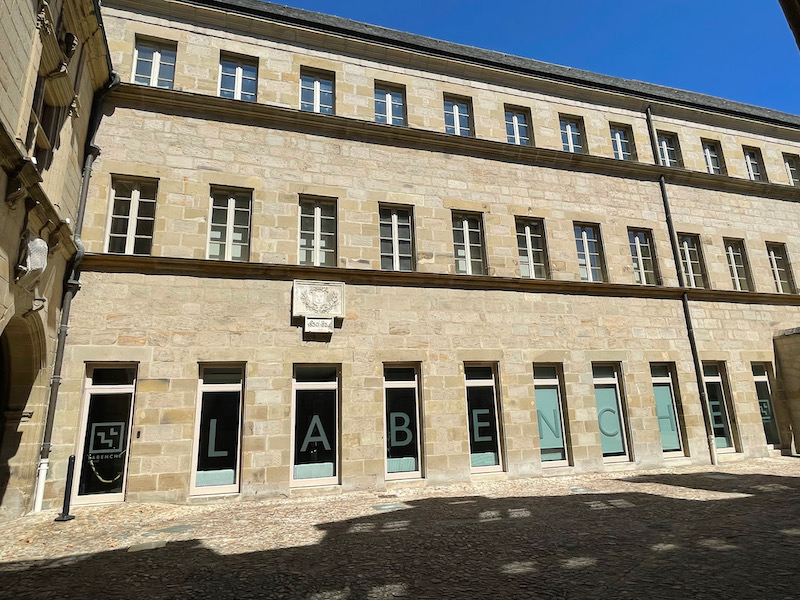
This tower is called the Tour des Echevins, with remarkable Renaissance decoration. The rest of the house, which dates from around 1500-1520, has been modified quite a bit due to one of the walls being in danger of collapsing.
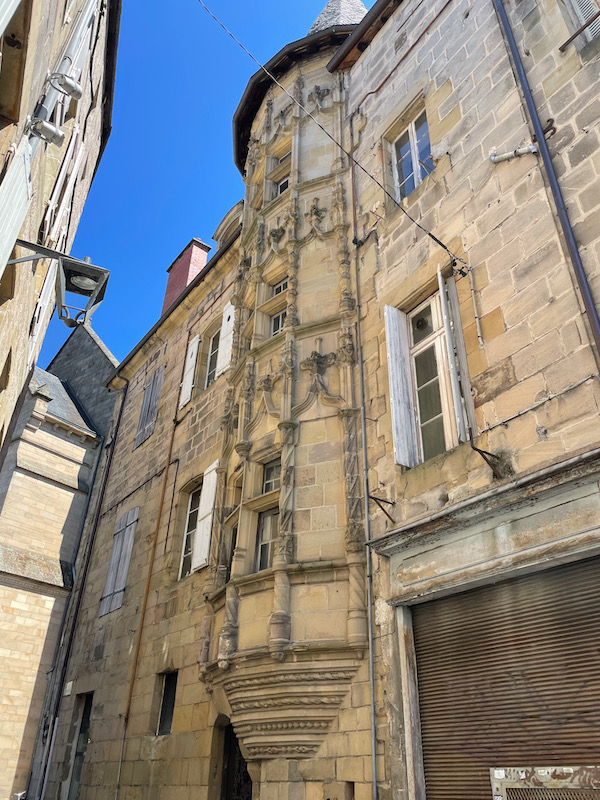
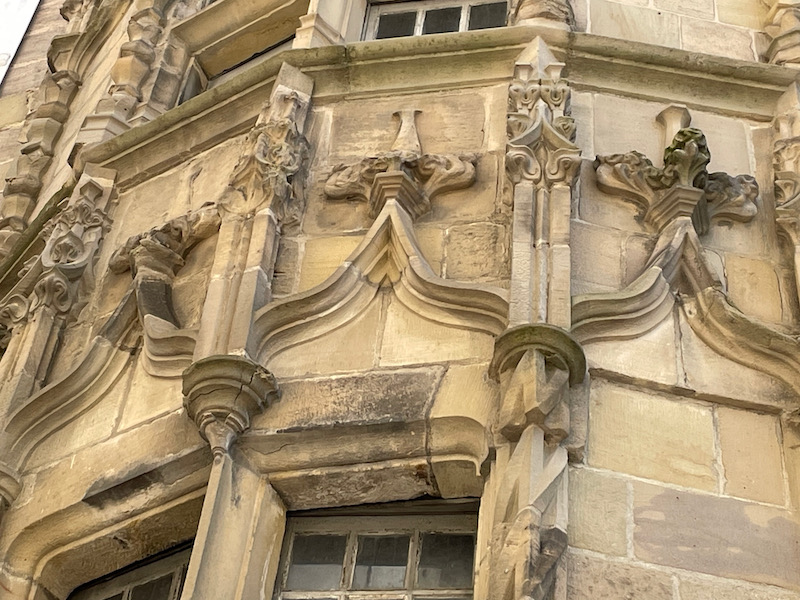
This is another house nearby with a cute turret and a circular staircase tower.
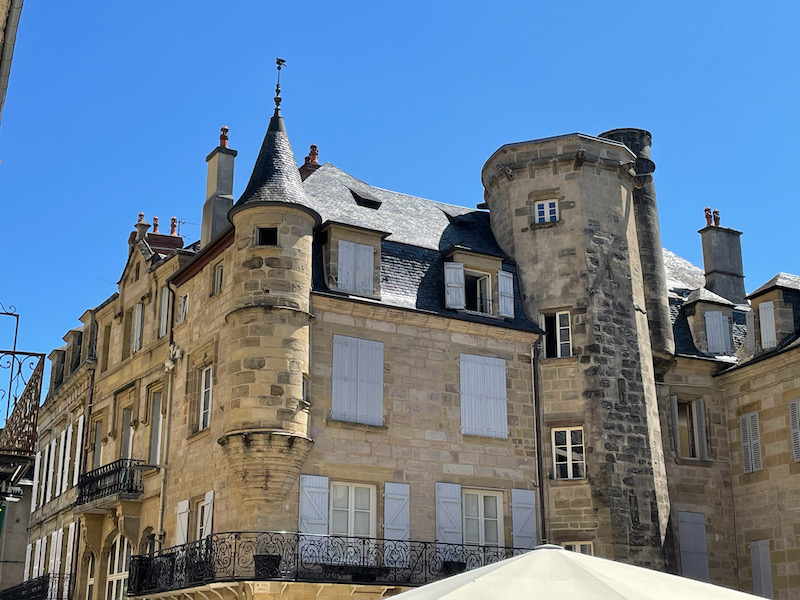
The Saint-Martin collegiate church dates back to the 12th century and has been at the heart of Brive since its founding. It is named for Martin of Brive (sometimes called Martin the Spaniard) who was beheaded in 407. Story has it that after spending time with the Bishop of Tours, he heard that the town of Briva-Curretia had not been evangelized so he went there with a priest. On August 9th, 407, he arrived at a temple where a ceremony honoring Saturn was going on, overturning the idols and table for the sacrifice. The people were furious and began to stone him before finally executing him by cutting off his head, making him a martyr. The first church dedicated to Saint Martin of Brive was built at the end of the 5th century on the site of his tomb. His remains were discovered in 1986 and are in the crypt of the church.
The facade is pretty simplistic but it has a nice neo-Limousin bell tower on the back.
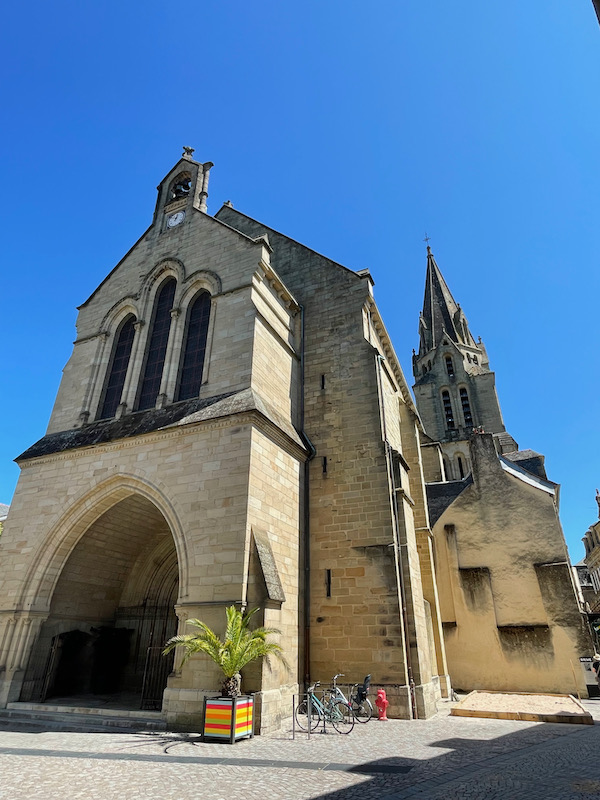
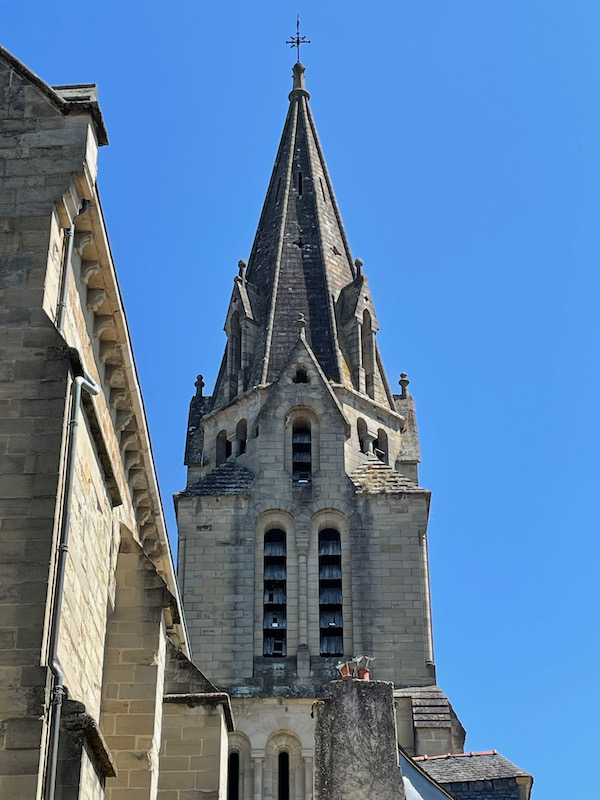
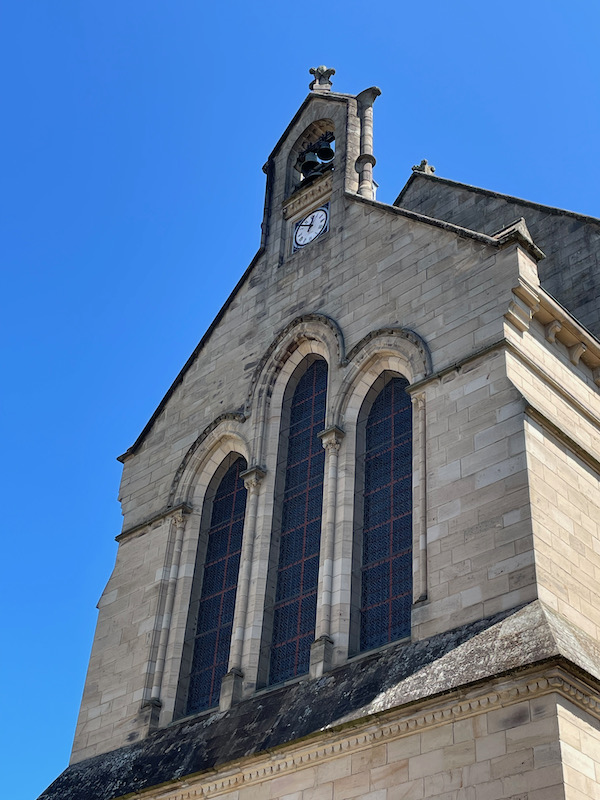
The nave was rebuilt in the 13th century and remodeled since, keeping the 13th century capitals carved with hooks, balls, palmettes, and deer.
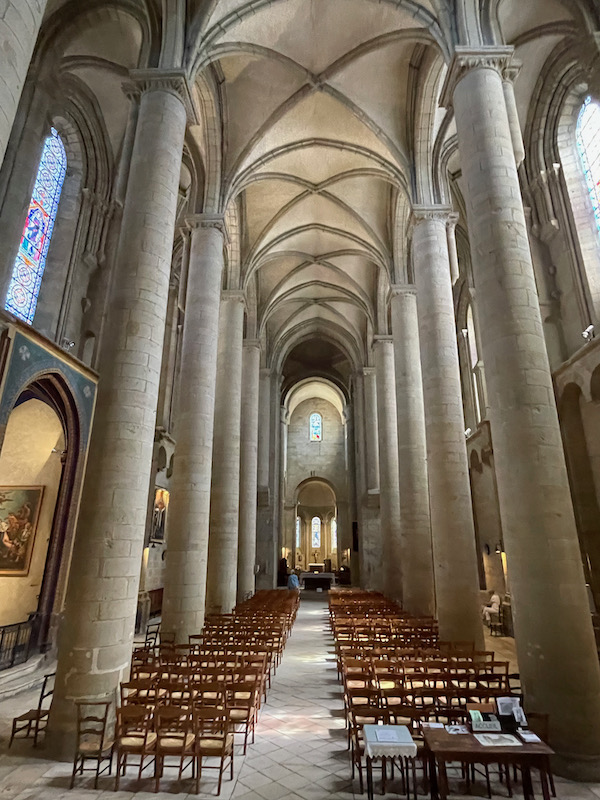
The bottom section of the baptismal font actually dates back to the 12th century with the upper part being remade in the 19th century.
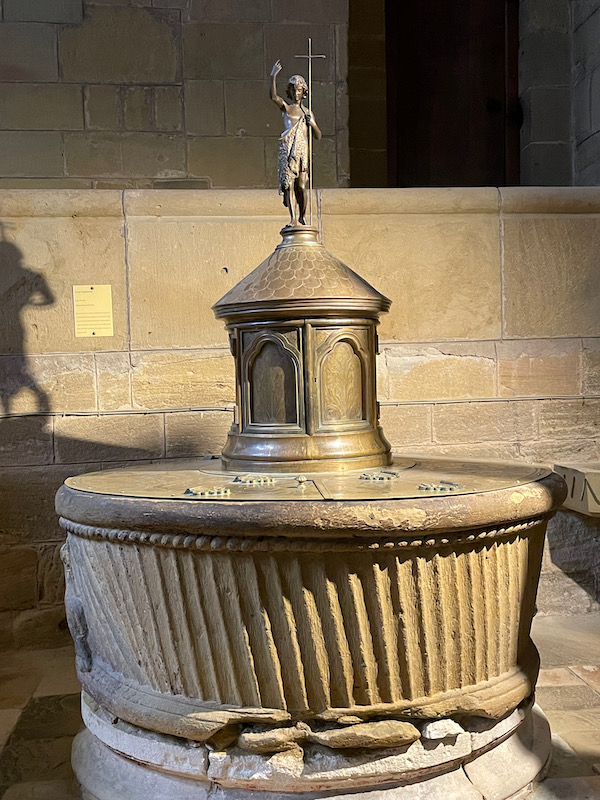
A couple of the side chapels are very colorful (I assume from a new coat of paint)
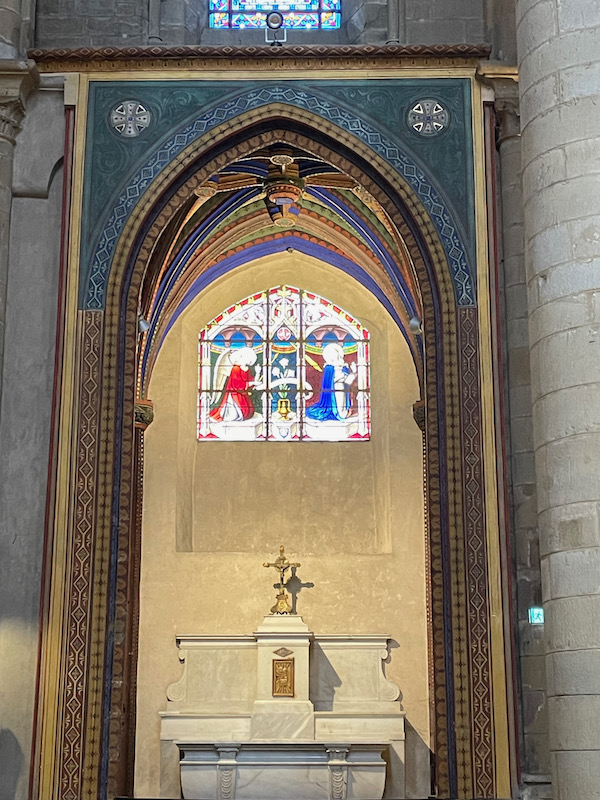
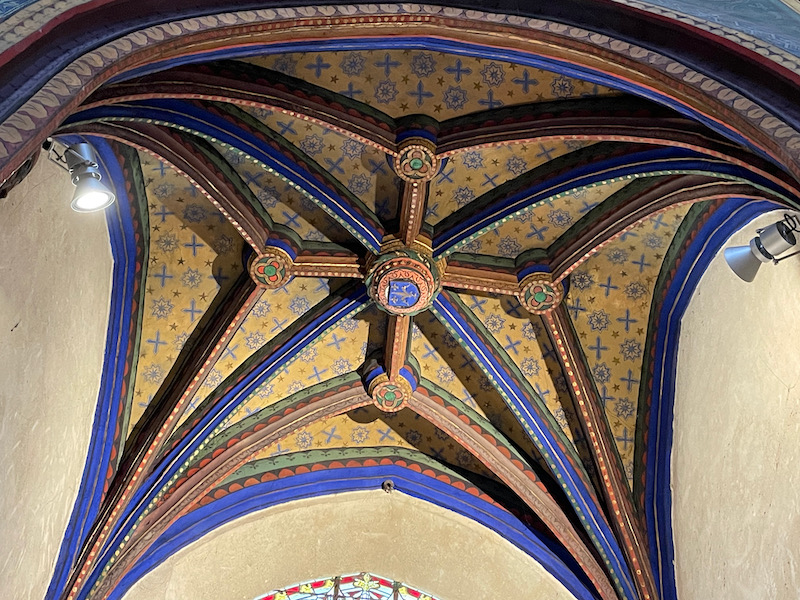
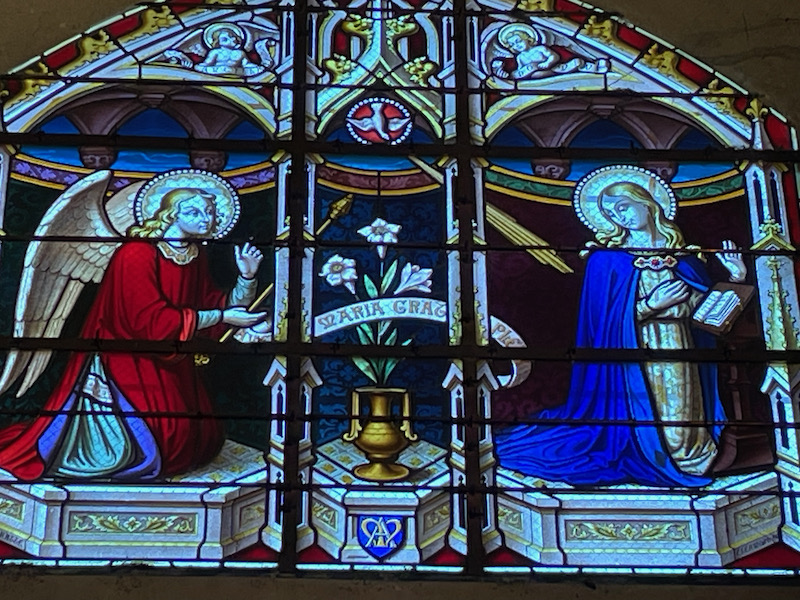
A few of the windows have been replaced with more modern ones.
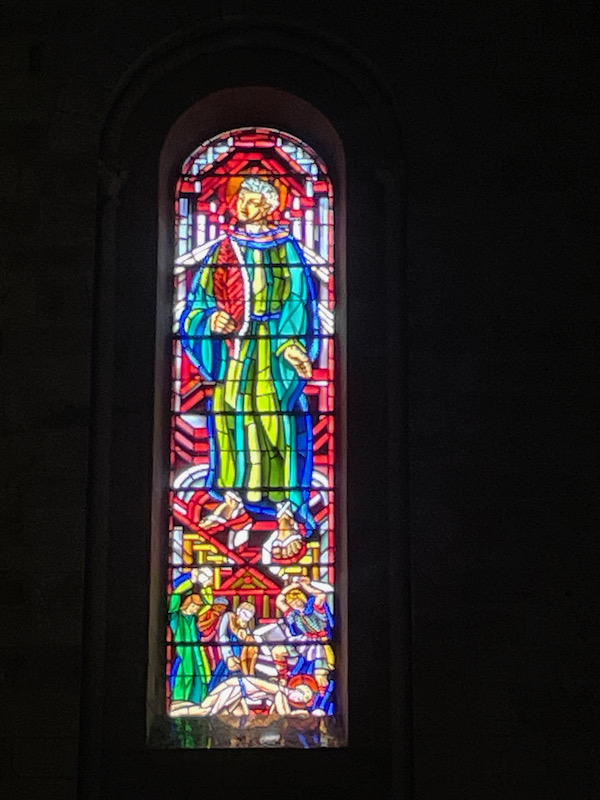
Another colorful side chapel, this one with frescoes on the sides including Michael the archangel killing the demon that you see under his feet.
